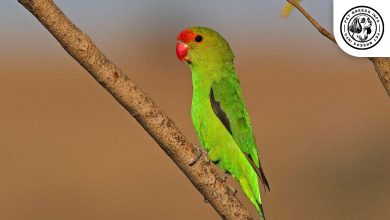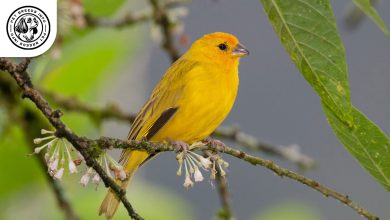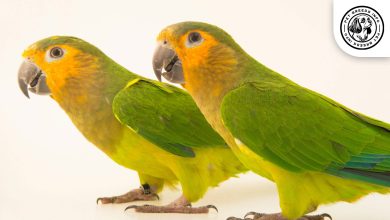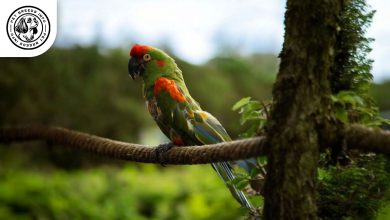Brahma Chicken Breed: Personality, Lifespan, Food & Care
General Introduction of the Breed
The Brahma Chicken, known simply as “Brahma” in English, is a large and majestic breed of chicken originally developed in the United States from birds imported from China and India. Brahma Chickens were prominent in the poultry industry during the late 19th century due to their impressive size and utility.
Table of Contents
| Common Name | Brahma Chicken |
| Scientific Name | Gallus gallus domesticus |
| Origin | USA (from China & India) |
| Size | Large |
| Lifespan | 5–8 years |
| Colors | Light, Dark, Buff |
| Talking Ability | Low |
| Noise Level | Low |
| Social Behavior | Gentle and friendly |
Physical Characteristics
Brahma Chickens are large birds, with males weighing between 10-12 lbs (4.5-5.5 kg) and females around 8-10 lbs (3.5-4.5 kg). They have a dense layer of soft feathers that provide excellent insulation. This breed is available in various color variations, including Light, Dark, and Buff. Their eyes are reddish-brown, and they have a short, broad beak. Their small pea comb makes them particularly cold-hardy. A key distinguishing feature is their feathered legs and feet, giving them a striking and regal appearance.
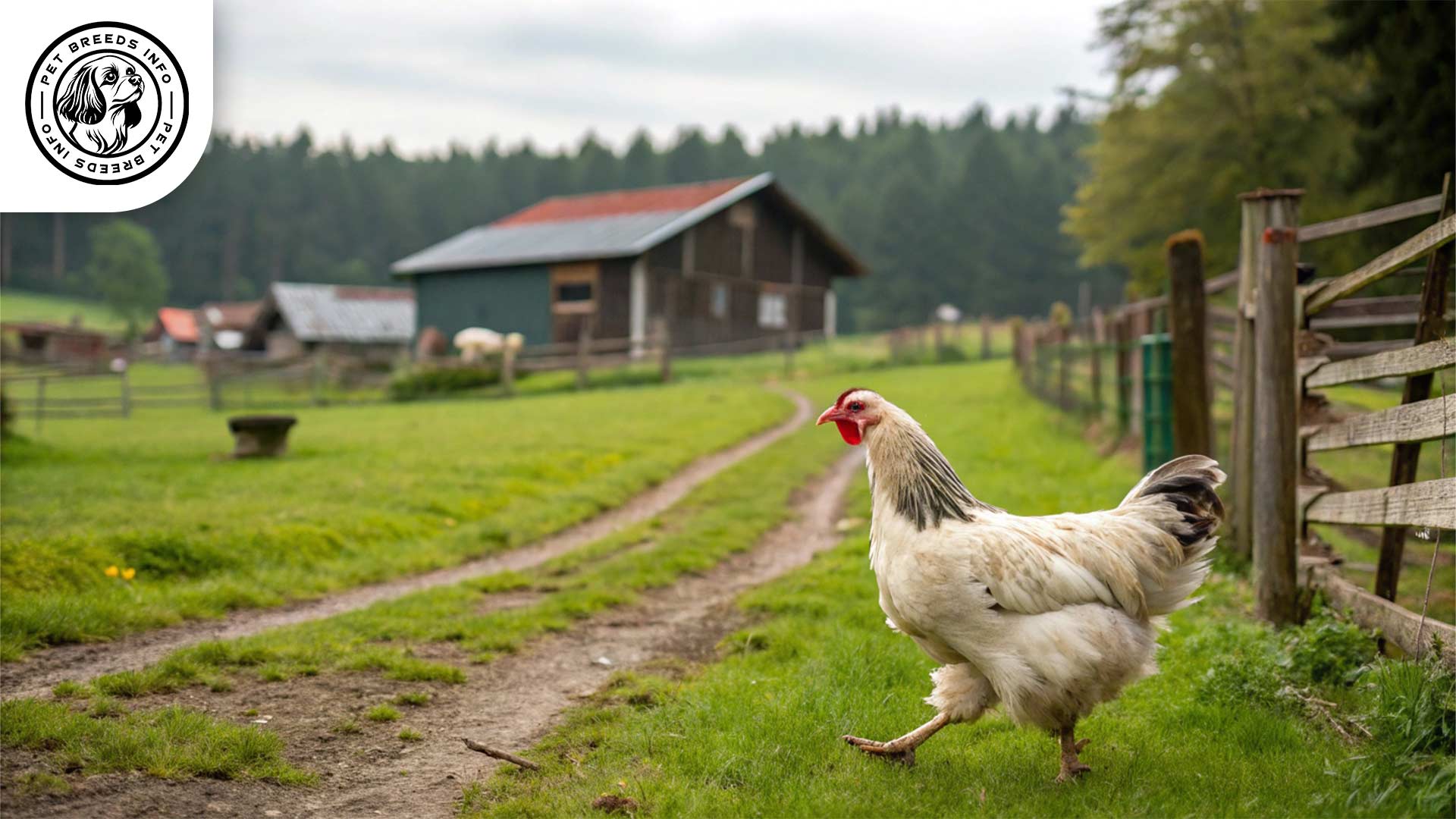
Personality and Temperament
Brahma Chickens are known for their calm and docile nature, making them an excellent choice for backyard chicken keepers. They are intelligent and easy to handle, known for forming close bonds with their owners. These birds display moderate energy levels and are generally relaxed. They adapt well to different environments and are social, often thriving in flocks with other chickens. Despite their size, they are gentle and tolerant, making them a great choice for families with children.
Care and Maintenance Requirements
Brahmas require moderate exercise and do well in spacious coops or free-range environments. Due to their feathered feet, they need clean and dry living conditions to prevent foot problems. Grooming mainly involves occasional checks for mites or ticks, especially around their legs and feet. They tolerate cold weather well but may struggle in extreme heat due to their heavy feathering, requiring ample shade and cool water. Regular hygiene practices such as nail trimming, checking for parasites, and occasional baths for their legs can help maintain their health.
Read More: Black Spanish Turkey
Diet and Nutrition
A balanced diet is essential for Brahma Chickens. A high-quality poultry feed with around 16-18% protein is suitable, especially during their growth phase. Additionally, fresh greens, vegetables, and grains can supplement their diet. Calcium sources like crushed oyster shells help support eggshell development in laying hens. Avoid foods like chocolate, avocado, and processed foods, as they are toxic to chickens. Providing fresh water at all times is crucial to their overall well-being.
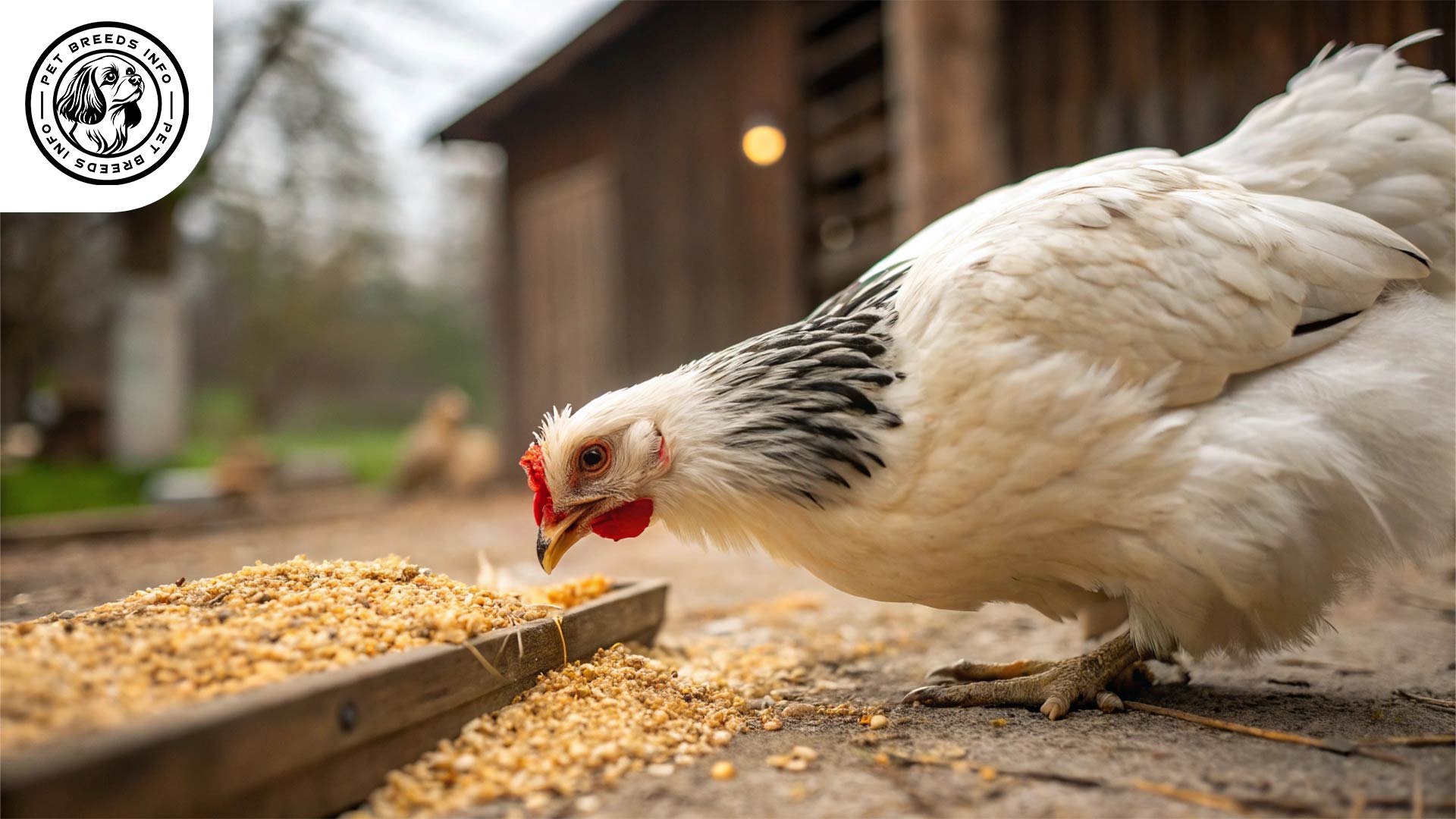
Health and Common Medical Issues
Brahma Chickens are generally hardy birds but may be prone to some common poultry health issues, such as bumblefoot (a bacterial infection of the feet), mites, and lice. Their feathered legs require special attention to avoid mud buildup and infections. They have an average lifespan of 5-8 years with proper care. Regular vaccinations and routine veterinary checkups help ensure their long-term health.
Training and Behavior Management
Brahma Chickens are easy to train, especially when they associate their owners with food. Offering treats can help them learn to follow basic commands such as coming when called. Early socialization with other chickens and humans helps them develop a calm and friendly disposition. Positive reinforcement techniques, like rewarding good behavior with treats or affection, work best with this breed.
Read More: Barnevelder Chicken
Interaction with Other Animals and Humans
Brahma Chickens are highly sociable and get along well with other chickens. Their gentle nature makes them excellent additions to a mixed flock. They are also very friendly towards humans, including children. While not aggressive, their large size means they can unintentionally intimidate smaller, more timid chicken breeds. They thrive in environments where they can regularly interact with their owners.
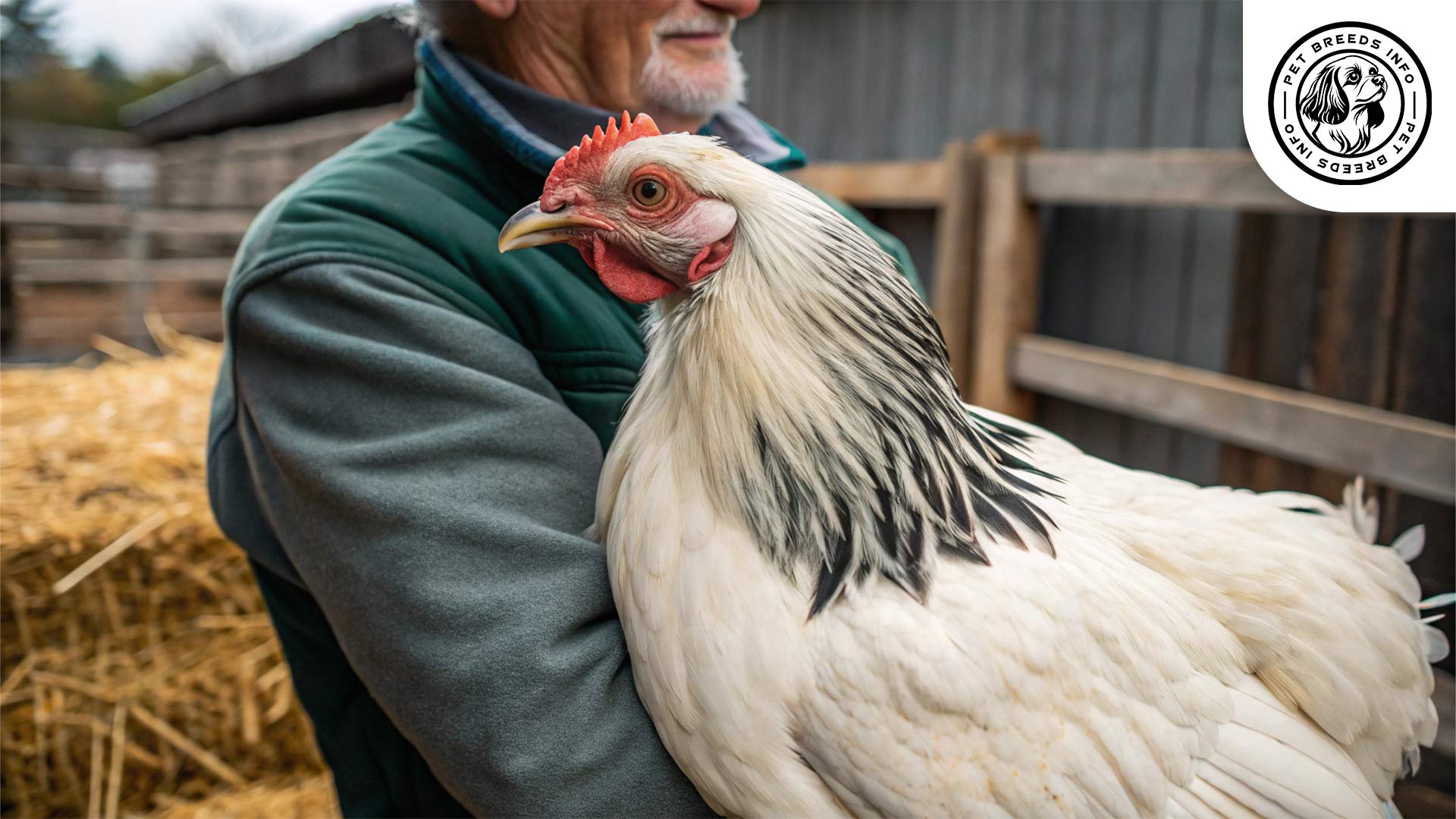
Price and Availability
The cost of a Brahma Chicken varies depending on age, color variety, and breeder, typically ranging from $10 to $25 per chick. Hatching eggs and purebred birds from reputable breeders may be slightly more expensive. Prospective owners should ensure they purchase Brahma Chickens from ethical and reputable breeders who prioritize the birds’ health and genetic quality.
Conclusion and Final Thoughts
The Brahma Chicken is an ideal choice for poultry keepers seeking a large, friendly, and low-maintenance breed. Its calm temperament, cold-hardiness, and consistent egg production make it a great addition to any backyard flock. Owners should be prepared to provide ample space, proper grooming for their feathered legs, and a well-balanced diet for optimal health. Whether for eggs, companionship, or general farm life, Brahma Chickens are a rewarding breed to raise.
Read More: Chinese Goose Bird
FAQ
Do Brahmas tolerate cold weather?
Very well. Their dense feathers and pea comb make them excellent in cold climates.
What do Brahma Chickens eat?
A balanced diet of poultry feed (16–18% protein), greens, grains, and calcium supplements like oyster shell.
Are Brahmas good egg layers?
Yes, they lay a moderate number of brown eggs consistently, even in winter.
Can they live with other chickens?
Definitely. They are sociable and get along well in mixed flocks.


